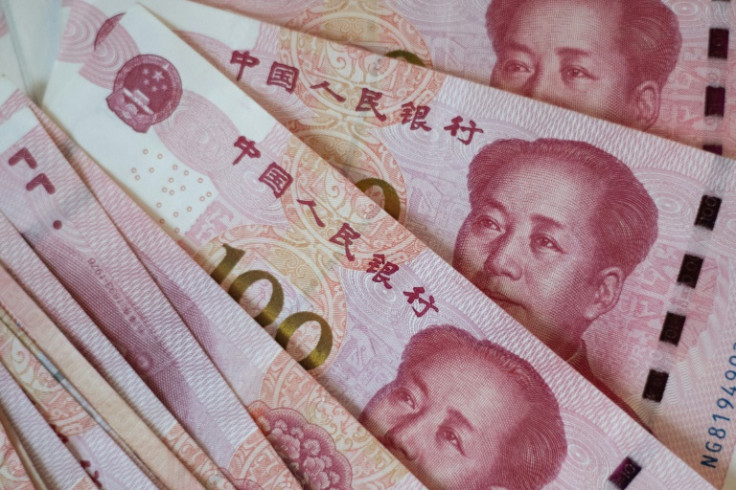China Lets Yuan Gain As Diplomatic Signal Amid US Trade Talks

China's yuan has staged a sharp rebound after hitting an 18-year low earlier this year, climbing to around 7.13 per dollar in late August. The move is widely viewed as a political gesture designed to ease tensions with Washington ahead of sensitive trade discussions.
According to Reuters, the appreciation was driven partly by capital inflows and a record global trade surplus, but also by a deliberate choice from policymakers to present the yuan as a stabilizing tool rather than a weapon in the tariff dispute. Many analysts had expected Beijing to allow further weakness to offset U.S. duties; instead, the government appears to be signaling goodwill.
As reported by TradingView, hedge fund inflows into Chinese equities—helping push the Shanghai Composite Index to a 10-year high—have reinforced this upward momentum in the currency.
The Financial Times noted that this shift follows a spring agreement between Washington and Beijing in Geneva to extend a tariff truce by 90 days and lower some duties, which U.S. President Donald Trump described as a "total reset." Markets had reacted positively at the time, and the stronger yuan is being read as a continuation of that conciliatory trajectory.
Domestically, a firmer currency could also provide relief. According to FastBull, the yuan's strength supports President Xi Jinping's push to boost consumer spending and address overcapacity, with a stronger exchange rate helping households' purchasing power at a time of deflationary pressures.
The Guardian has previously reported that the U.S. administration favors a weaker dollar to aid American exports. In that context, Beijing's currency adjustment may be a tactical response, showing alignment with U.S. preferences rather than defiance.
Together, these moves suggest that China is using the yuan as a diplomatic lever—simultaneously reducing friction with Washington while bolstering domestic economic confidence.
© Copyright IBTimes 2025. All rights reserved.





















